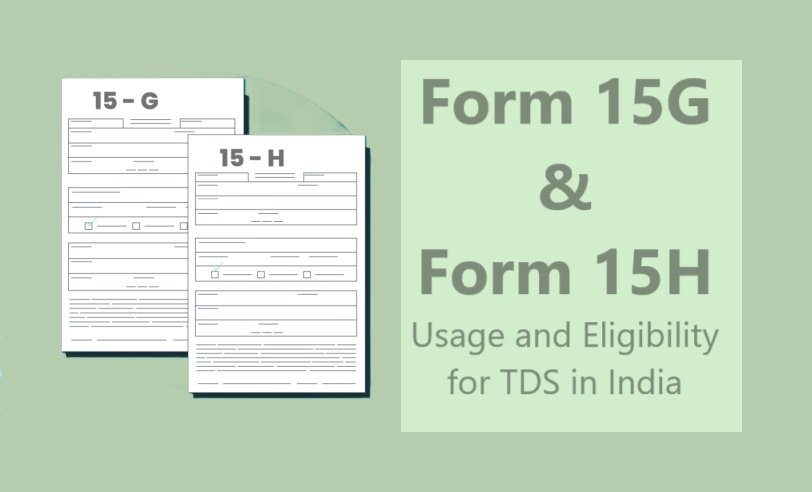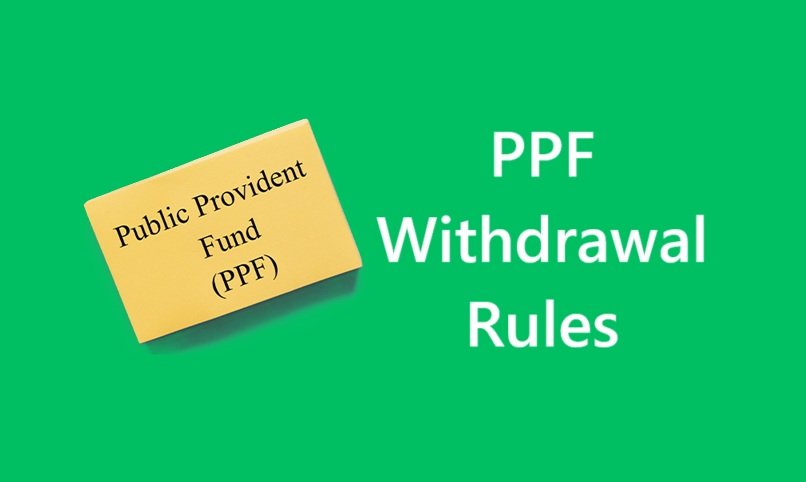What is TREPS & Why Mutual Funds Invest in TREPS?
In the world of financial instruments, mutual funds continuously seek avenues to optimize returns while maintaining liquidity and minimizing risk. One such instrument that has gained popularity among mutual funds…
Form 15G & Form 15H: Usage and Eligibility for TDS in India
Tax Deducted at Source (TDS) is a mechanism by which the government collects tax at the source of income. While this ensures regular tax collection, it may lead to excess…
Understanding Foreign Exchange Reserves
Foreign exchange reserves are a critical component of a nation’s financial stability and economic health. These reserves, held by a country’s central bank, consist of foreign currencies, gold, special drawing…
PPF Withdrawal Rules: What You Need to Know
The Public Provident Fund (PPF) is one of the most popular long-term savings schemes in India, known for its tax benefits, risk-free returns, and government backing. While the primary aim…
Understanding the ELSS Lock-in Period
Equity Linked Savings Schemes (ELSS) are one of the most popular investment options for individuals seeking to save taxes under Section 80C of the Income Tax Act, 1961, while also…
Different Types of Government Securities in India
Government securities (G-Secs) are debt instruments issued by the central or state governments to borrow money from the public. These securities are considered one of the safest investment options as…













